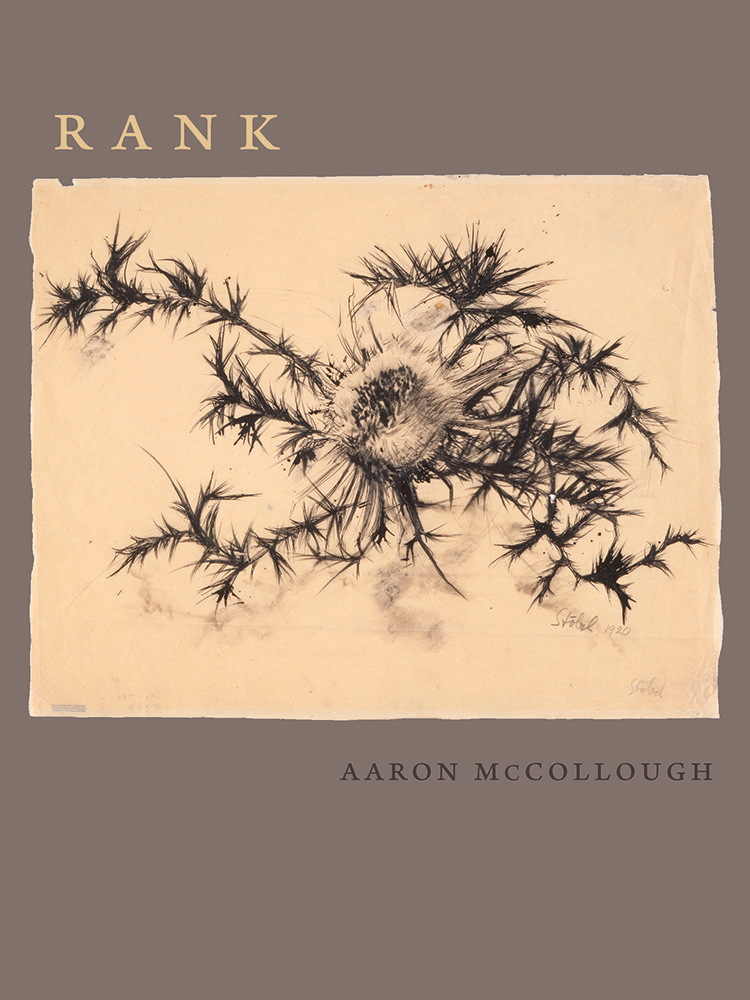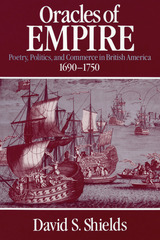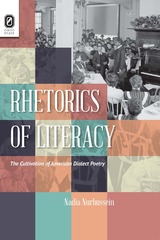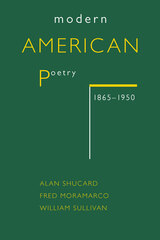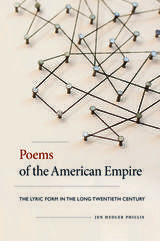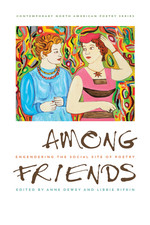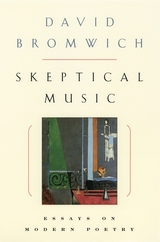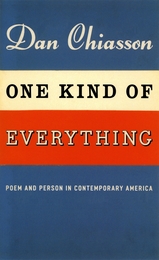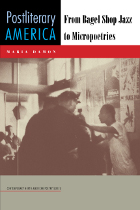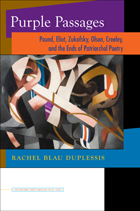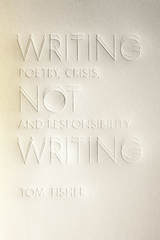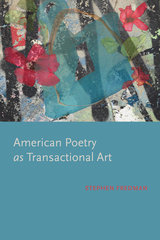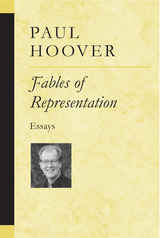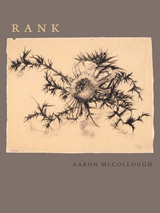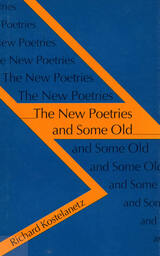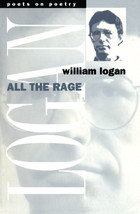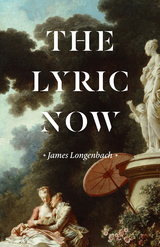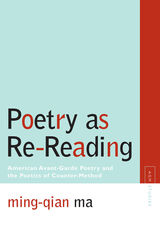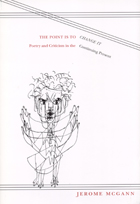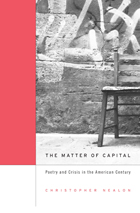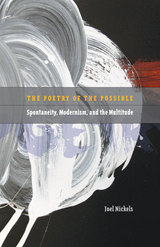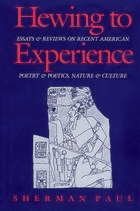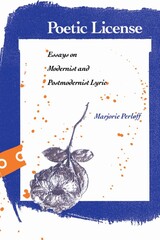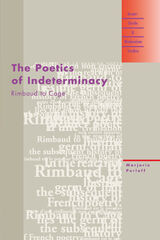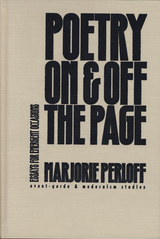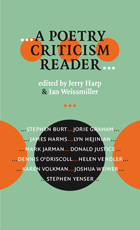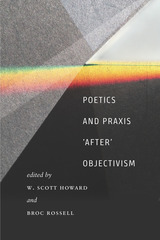Ghostly Figures: Memory and Belatedness in Postwar American Poetry
University of Iowa Press, 2015
Paper: 978-1-60938-353-4 | eISBN: 978-1-60938-354-1
Library of Congress Classification PS323.5.K46 2015
Dewey Decimal Classification 811.509
Paper: 978-1-60938-353-4 | eISBN: 978-1-60938-354-1
Library of Congress Classification PS323.5.K46 2015
Dewey Decimal Classification 811.509
ABOUT THIS BOOK | AUTHOR BIOGRAPHY | REVIEWS | TOC | REQUEST ACCESSIBLE FILE
ABOUT THIS BOOK
From Sylvia Plath’s depictions of the Holocaust as a group of noncohering “bits” to AIDS elegies’ assertions that the dead posthumously persist in ghostly form and Susan Howe’s insistence that the past can be conveyed only through juxtaposed “scraps,” the condition of being too late is one that haunts post-World War II American poetry. This is a poetry saturated with temporal delay, partial recollection of the past, and the revelation that memory itself is accessible only in obstructed and manipulated ways. These postwar poems do not merely describe the condition of lateness: they enact it literally and figuratively by distorting chronology, boundary, and syntax, by referring to events indirectly, and by binding the condition of lateness to the impossibility of verifying the past. The speakers of these poems often indicate that they are too late by repetitively chronicling distorted events, refusing closure or resolution, and forging ghosts out of what once was tangible.
Ghostly Figures contends that this poetics of belatedness, along with the way it is bound to questions of poetic making, is a central, if critically neglected, force in postwar American poetry. Discussing works by Sylvia Plath, Adrienne Rich, Jorie Graham, Susan Howe, and a group of poets responding to the AIDS epidemic, Ann Keniston draws on and critically assesses trauma theory and psychoanalysis, as well as earlier discussions of witness, elegy, lyric trope and figure, postmodernism, allusion, and performance, to define the ghosts that clearly dramatize poetics of belatedness throughout the diverse poetry of post–World War II America.
Ghostly Figures contends that this poetics of belatedness, along with the way it is bound to questions of poetic making, is a central, if critically neglected, force in postwar American poetry. Discussing works by Sylvia Plath, Adrienne Rich, Jorie Graham, Susan Howe, and a group of poets responding to the AIDS epidemic, Ann Keniston draws on and critically assesses trauma theory and psychoanalysis, as well as earlier discussions of witness, elegy, lyric trope and figure, postmodernism, allusion, and performance, to define the ghosts that clearly dramatize poetics of belatedness throughout the diverse poetry of post–World War II America.
See other books on: American poetry | Keniston, Ann | Literature and history | Memory | Memory in literature
See other titles from University of Iowa Press
